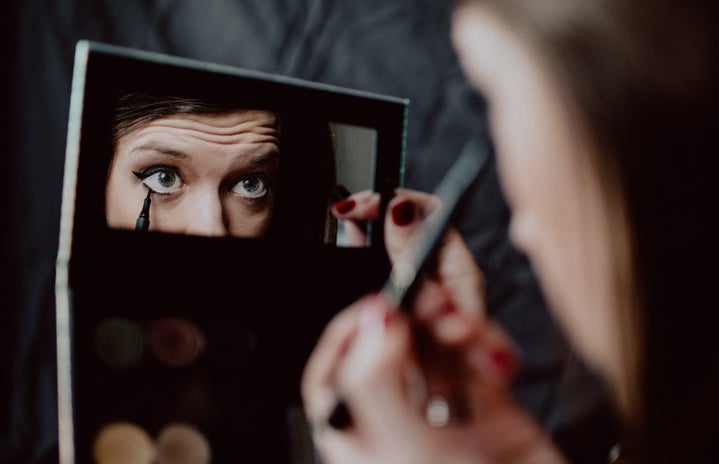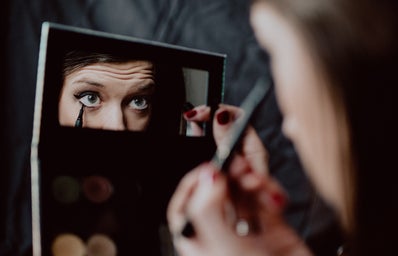Beauty is pain, and not just for the consumers. Most makeup brands are keen to proclaim themselves as “cruelty free” – they need you to know they’re good to animals, good to the environment and good to their workers. But is that the reality?
When people think of cruelty-free makeup, their first thought tends to be the brands stance on animal testing. A lot of brands who market themselves as being against animal testing are in fact nothing of the sort. They are able to hide their use of the practice by sourcing their ingredients from third parties who test on animals, or by stating that they only do so “when required to by law”. Until very recently, animal testing was mandatory in order to sell in mainland China, so any brand that was selling there would have tested on animals, no matter their “anti-animal testing stance”. However, since these tests are performed by third parties, companies don’t come clean about the realities of what goes on.
Benefit, for example, claim to be committed to the elimination of animal testing. However, they also state that they perform animal testing where required by law, showing they prioritise profit from selling in countries that require animal testing over their moral stance on the matter. Similarly, L’Oreal, which is also the parent company for brands including Maybelline and Urban Decay, claims to be against animal testing but allows animal testing for new ingredients if the testing was originally not done for cosmetic purposes. These loopholes allow brands to continue to test on animals whilst presenting themselves as cruelty-free to consumers.
Animals are not the only ones suffering for the latest lipsticks. Child labour is also a significant problem within the beauty industry. Mica, a shimmery product found in pigments in various types of makeup, is sourced by mining, particularly within the Indian states of Jharkand and Bihar. However, it is estimated that 20,000 children work in the mines for this mineral, and that some are as young as ten years old. Not only is the work dangerous, it keeps these children from attending school.
Because of this, the makeup brand Lush decided to stop buying mica, and instead use synthetic mica in their products. However, approaches like this can often leave mica mining communities worse off, as it removes their source of income. L’Oreal have instead opted to continue purchasing mica, but from suppliers who source from verified, gated mines without children present. Despite this guarantee, mica collected by children is often sold to foreign suppliers under the pretence of coming from a legal, licenced mine. The supply chain is not transparent enough to guarantee that the mica sourced is ethical. This situation does not have an easy answer.
What’s more, the beauty industry is one of the leading environmental polluters. Every year, it creates 120 billion units of packaging, most of which is non-biodegradable plastic that will eventually end up in our oceans. Although some brands aim to make their packaging more sustainable by using recycled, clear plastics. Others opt for sparkly or coloured plastics to stand out and attract consumers, despite the fact that such plastics are impossible to recycle and will undoubtedly end up in landfill. Likewise, plastic pumps are difficult to recycle, since the inclusion of metal springs mean that they contain mixed materials and therefore cannot be easily sorted.
Changing the beauty industry won’t happen overnight. But it’s important we do our best to try. Opting for brands that don’t test on animals (using this website can help weed out the brands using loopholes) and petitioning brands to use more sustainable packaging options can help us move towards a truly “cruelty-free” beauty industry.


